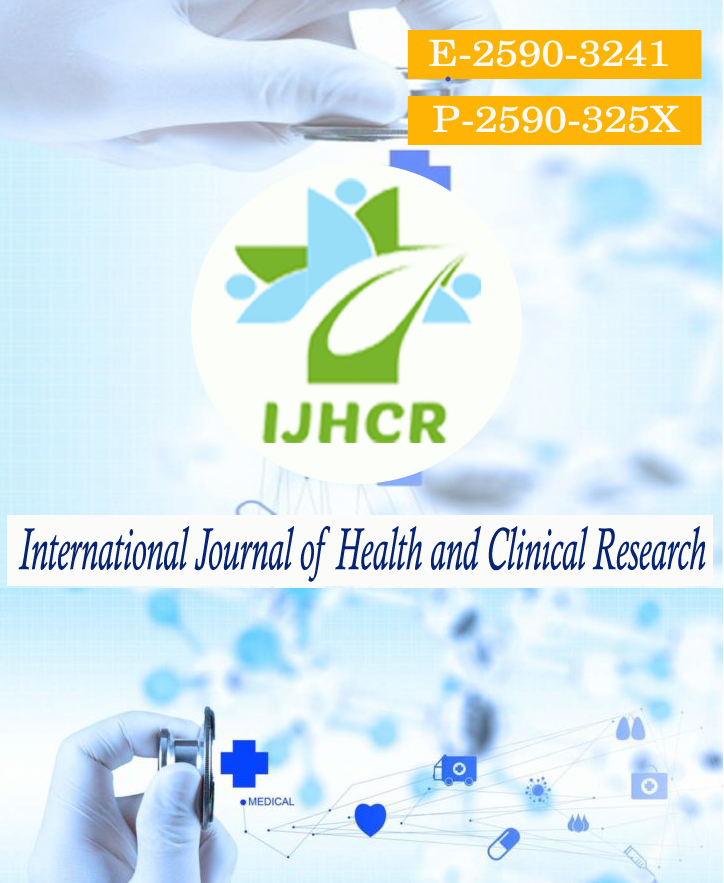A Comparative Study of Non Surfactant Therapy Versus Surfactant theraphy among Preterm with Respiratory Distress Syndrome : A Prospective Study
Keywords:
Neonatal death, Preterm, Respiratory distress syndrome, Sepsis, SurfactantAbstract
Background: Premature birth affects 10–12 percent of newly born newborns in our country, compared to 5–7% in Western countries. The WHO classifies a live-born newborn as "premature" if it is delivered before 37 weeks from the first day of the last menstrual cycle. Prematurity, intrauterine growth retardation, or both can cause low birth weight (LBW, birth weight of 2500 g or below). Around 57 percent of deaths in children under the age of five occur during the neonatal period, with preterm accounting for 36 percent of these cases. The presence of one or more indicators of increased labour of breathing, such as tachypnea, nasal flaring, or grunting, is a clinical condition known as respiratory distress.Objective: The study's goal was to see how surfactant therapy worked in preterm babies with respiratory distress syndrome (RDS). Materials and Procedures: Over the course of three years, a prospective comparative study was undertaken in a tertiary care hospital's newborn intensive care unit. After comparing general features, parents of the newborns who gave their approval for surfactant (who could afford it) were assigned to the surfactant group, while those who could not afford it were assigned to the nonsurfactant group. Results: The nonsurfactant group had a higher rate of neonatal fatalities (30.04 percent vs. 52.27 percent), which was statistically significant (p 0.05). Because of less death from the principal issue, i.e., RDS and its complications, early newborn fatalities were higher in the non surfactant group (38.47 percent vs 53.62) than in the surfactant group (38.47 percent vs 53.62). The surfactant group had higher late neonatal mortality (63.63 percent vs 50.51 percent) than the nonsurfactant group, but the difference was not statistically significant (p 0.05). The most common cause of death in both groups was sepsis, which accounted for 60% of both groups' deaths.Conclusion: It was concluded from our study that the duration of mechanical breathing, ICU stay, hospital stay, morbidity, and death were all reduced in established RDS when a single dosage of surfactant was given late at night. Sepsis was the leading cause of death and morbidity, highlighting the importance of aseptic delivery and newborn care.
Downloads
Published
How to Cite
Issue
Section
License
Copyright (c) 2021 Rajnish Chandra Mishra, Birendra Kumar

This work is licensed under a Creative Commons Attribution 4.0 International License.






 All articles published in International Journal of Health and Clinical Research are licensed under a
All articles published in International Journal of Health and Clinical Research are licensed under a 